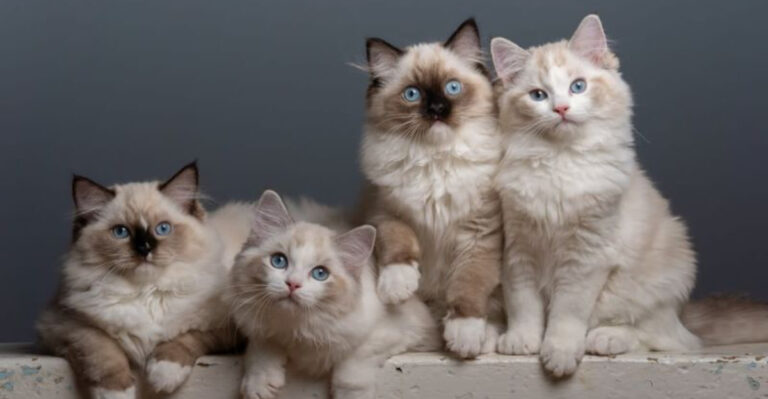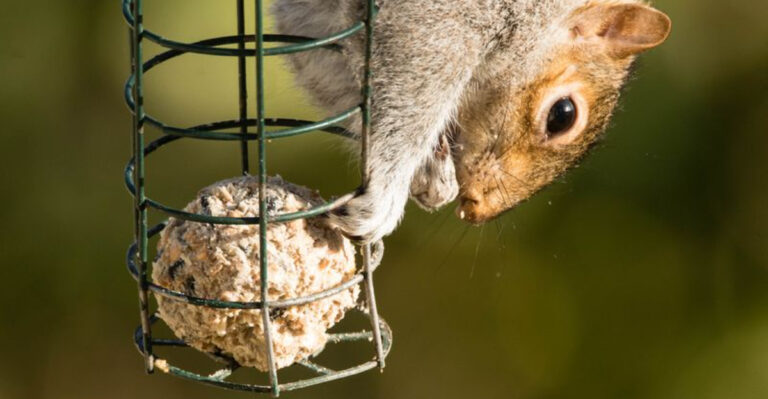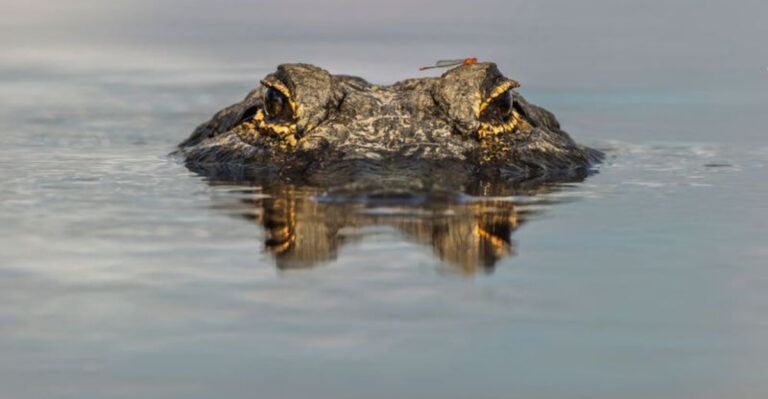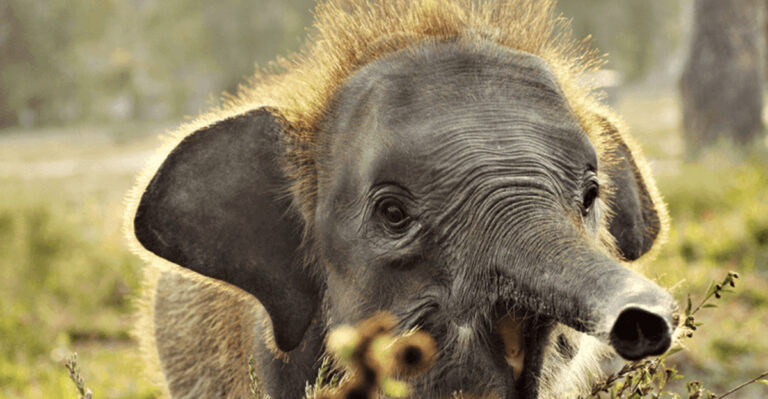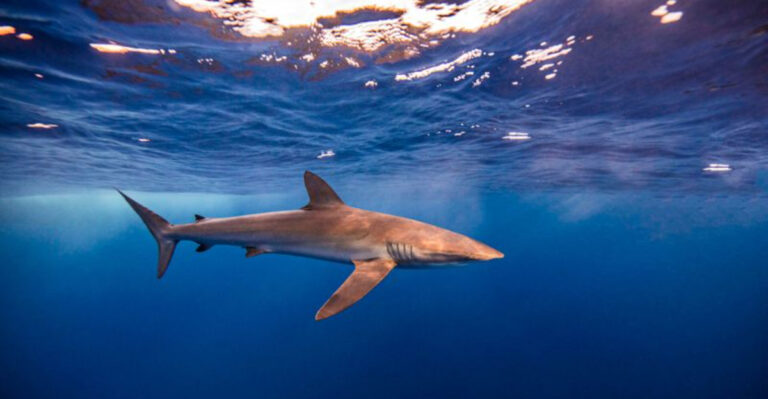16 Wild Animal Courtship Rituals That Will Leave You Stunned
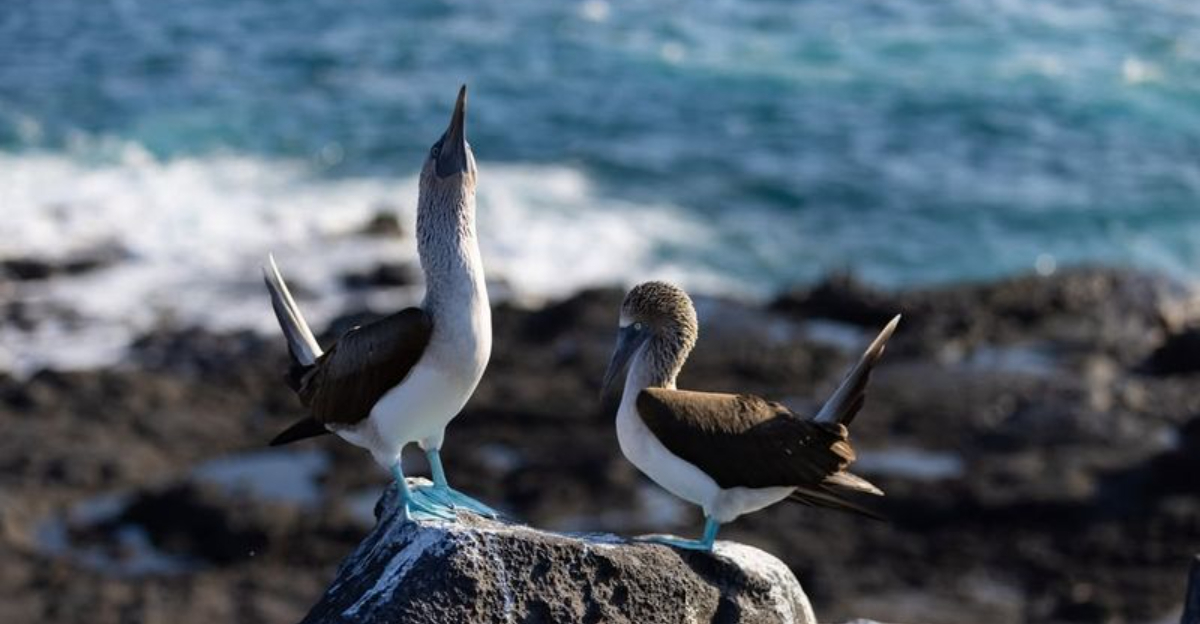
Love in the wild is anything but ordinary. From intricate dances and artistic displays to bizarre body tricks and underwater masterpieces, animals have developed some truly astonishing ways to attract a mate.
Whether it’s a bird moonwalking on a branch or a fish carving perfect circles in the sand, these courtship rituals prove that when it comes to love, nature has no shortage of creativity.
1. Red-Capped Manakin
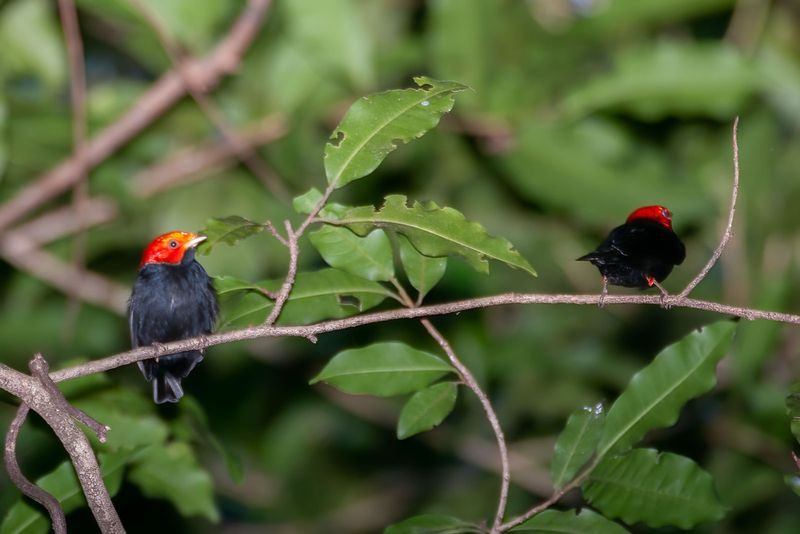
This tropical bird, native to Central and South America, pulls off one of the smoothest moves in the animal kingdom.
The red-capped manakin performs a rapid “moonwalk” across branches, sliding backward while snapping its wings to create an audible pop. The dance is short, flashy, and wildly effective—if the female likes your groove, you’re in.
2. Frigatebird
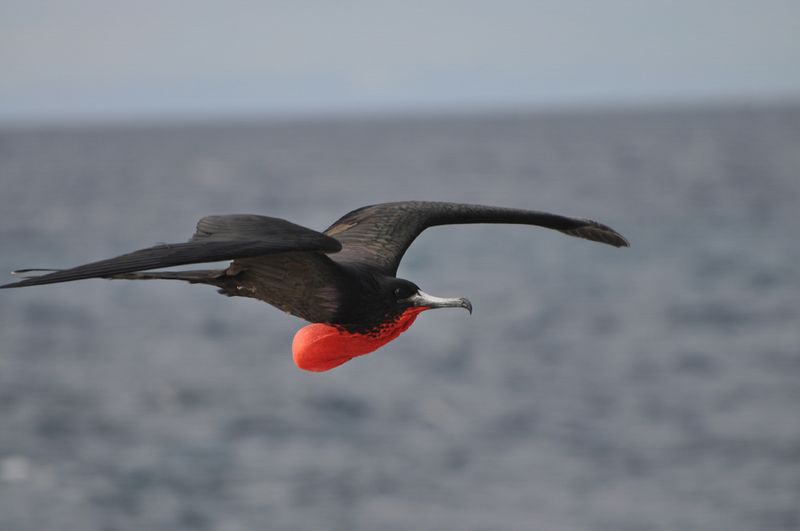
During mating season, male frigatebirds inflate their bright red throat pouch to enormous proportions, forming a balloon-like heart beneath their beaks.
They perch in groups, vibrating their wings and calling out to impress passing females overhead. The bigger and brighter the pouch, the more likely he is to find a mate in the sky.
3. Peacock Spider
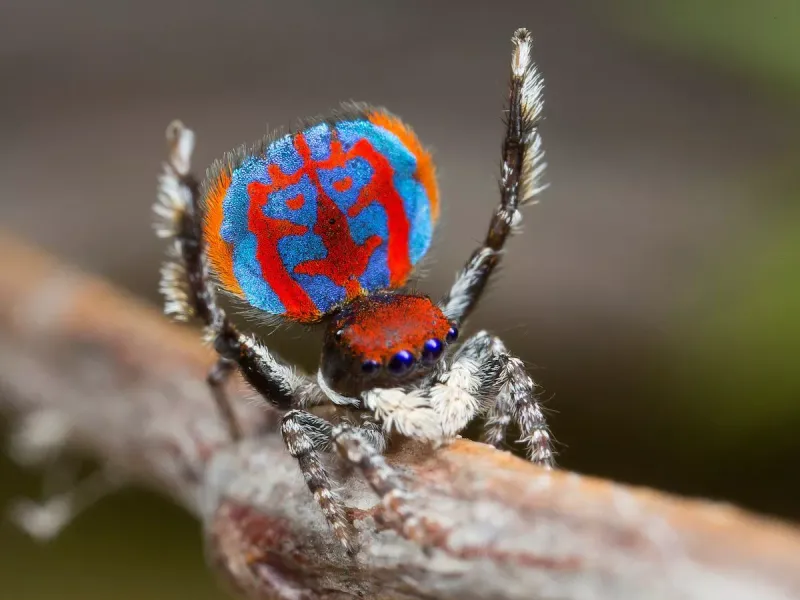
These tiny, flamboyant arachnids put on a dazzling dance, complete with rhythmic leg waves and the flashing of vibrant, fan-like abdomens.
Their courtship display is high-energy and theatrical—almost like a spider-sized Broadway show. If the female isn’t impressed, though, the male might get eaten instead.
4. Bowerbird
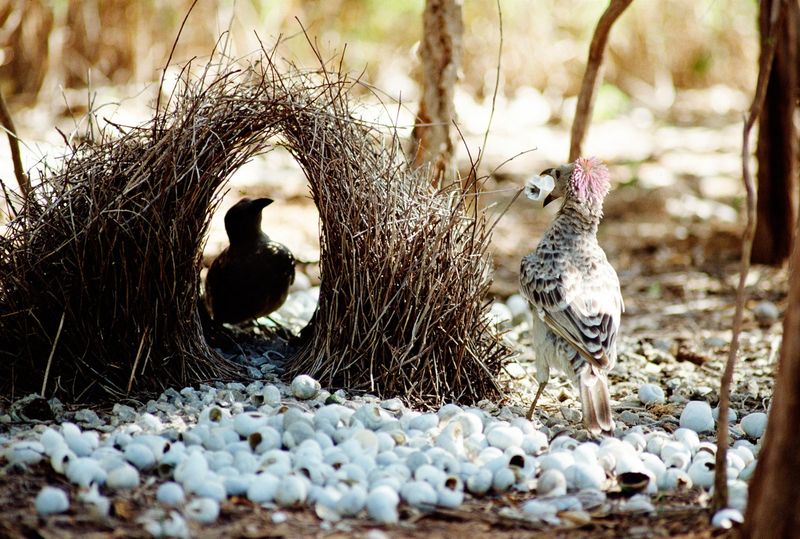
Male bowerbirds construct intricate structures, or “bowers,” using twigs, flowers, shells, and anything shiny they can find to attract a mate.
The more colorful and symmetrical the display, the better their chances. Females carefully inspect the bowers before choosing their favorite artist.
5. Fiddler Crab
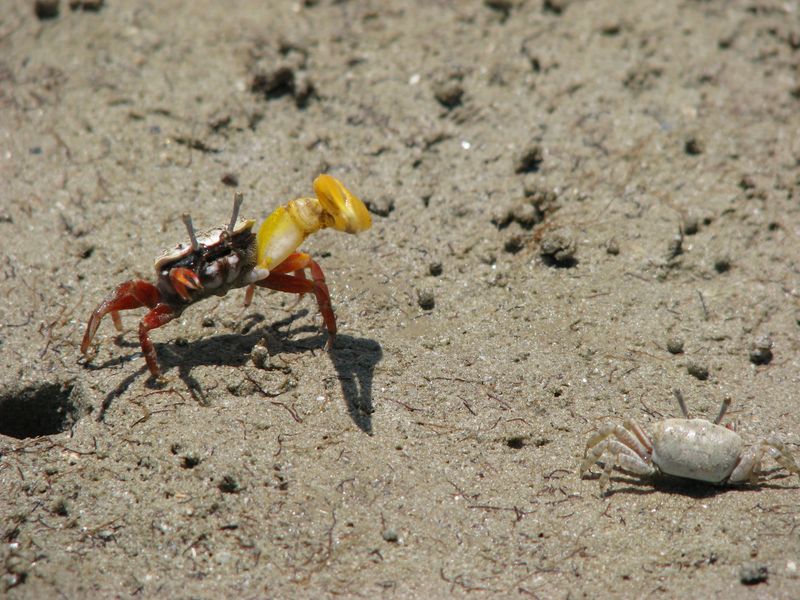
Male fiddler crabs wave their oversized claw in an exaggerated motion to attract females, like they’re frantically hailing a taxi.
Some even build sand structures to show off their digging skills. It’s a test of strength, rhythm, and flair all in one.
6. Satin Bowerbird
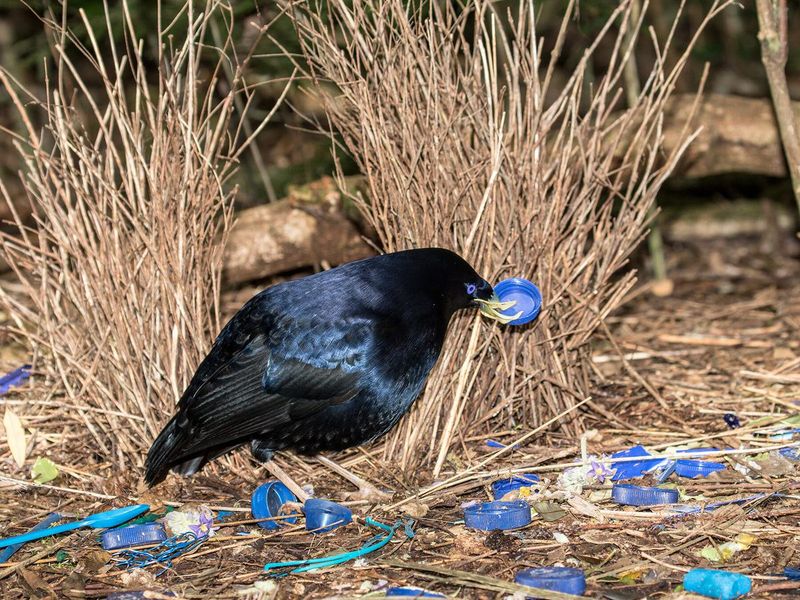
This cousin of the bowerbird takes things to the next level by obsessively collecting blue objects—berries, bottle caps, flowers—to decorate his bower.
The color blue is irresistible to the females of the species, and the better the display, the better his romantic odds.
7. Great Crested Grebe
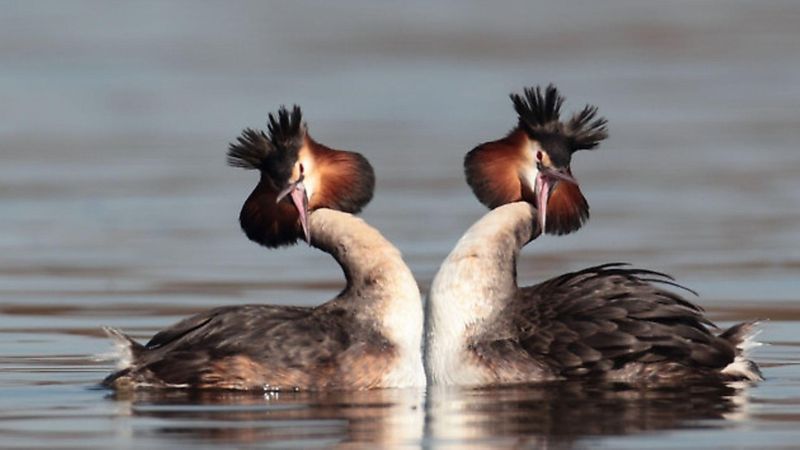
Grebes perform a synchronized courtship dance that includes head-bobbing, mirroring movements, and even presenting aquatic plants to one another.
This elegant ballet on the water strengthens pair bonds and signals mutual readiness for mating.
8. Manakin Bird
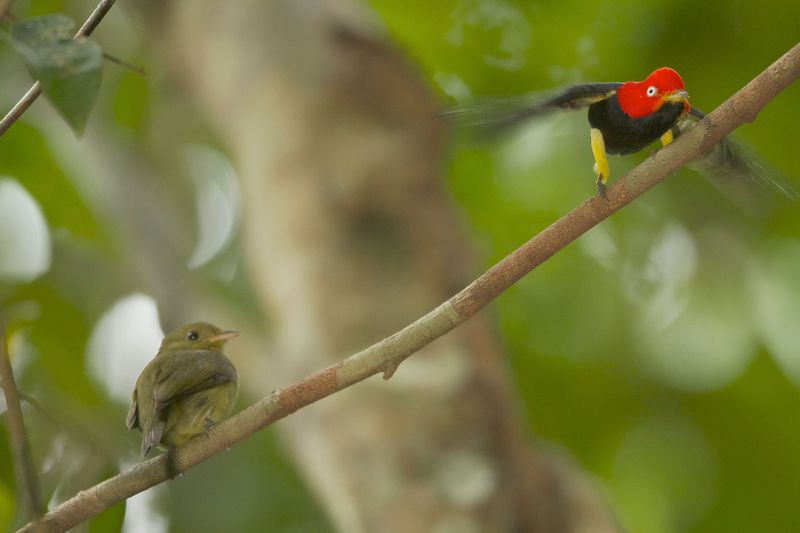
Manakins are known for their jaw-dropping dance moves, with males moonwalking along branches and snapping their wings to create a sound like a whip crack.
These fast-footed displays aren’t just for fun—they’re carefully rehearsed routines meant to woo the ladies.
9. Sea Dragon
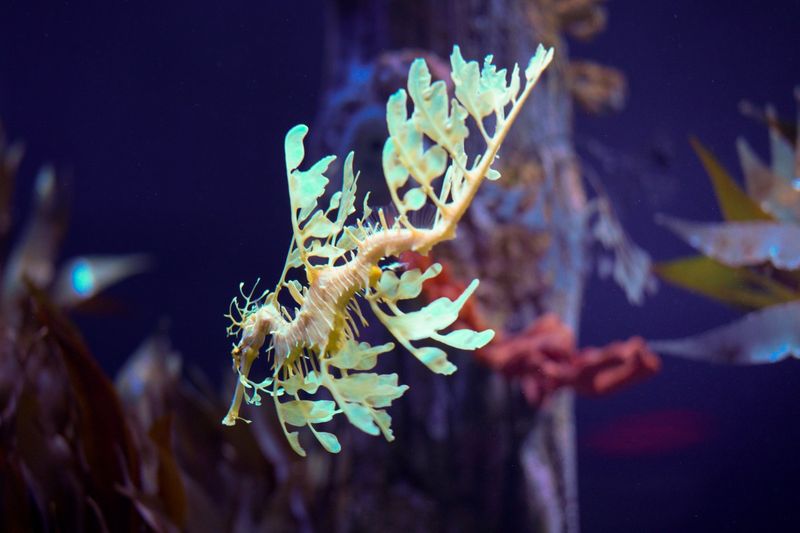
Male and female sea dragons engage in a beautiful underwater ballet, swaying and circling each other while changing colors.
Once bonded, the female transfers her eggs to the male, who carries and protects them—a rare reversal of roles in the animal kingdom.
10. Albatross
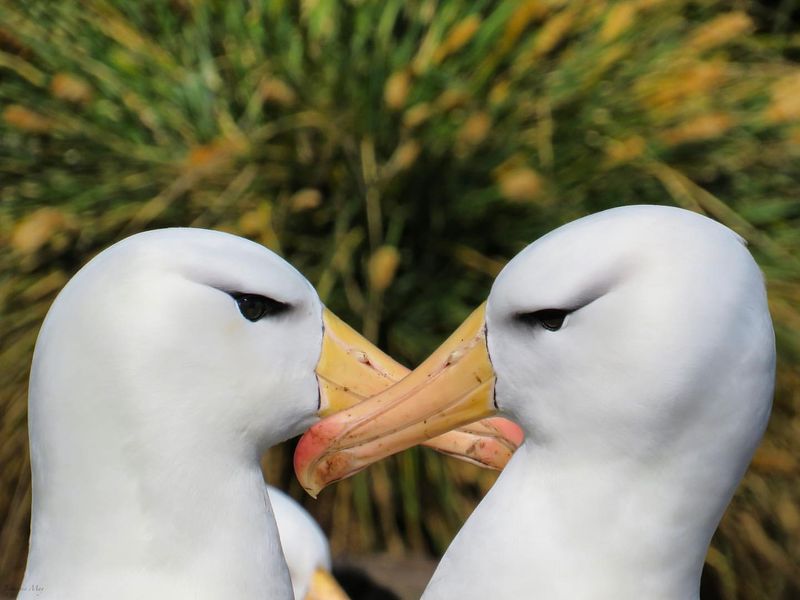
Albatrosses perform intricate, lifelong bonding dances filled with synchronized head nods, beak clacking, and sky-pointing.
These rituals can go on for years before a pair finally mates. Their devotion often leads to lifelong partnerships.
11. Argentine Lake Duck
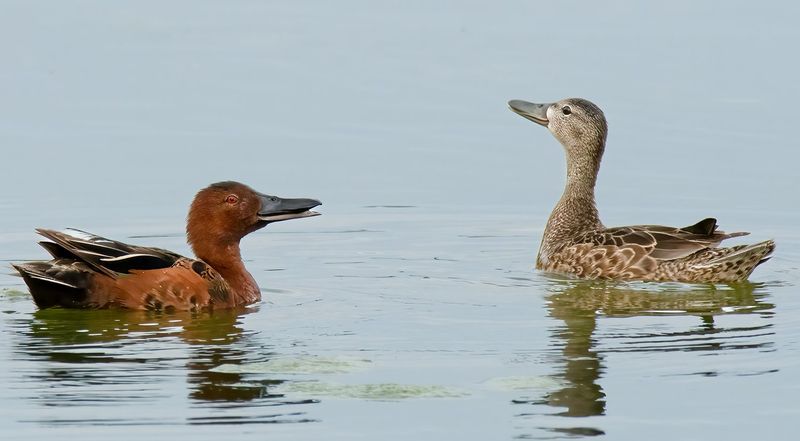
This species has one of the most unexpected courtship weapons: the longest reproductive organ relative to body size in the bird world.
Males flaunt this impressive feature by twirling it like a lasso in the water—a bizarre but effective mating signal.
12. Flame Bowerbird
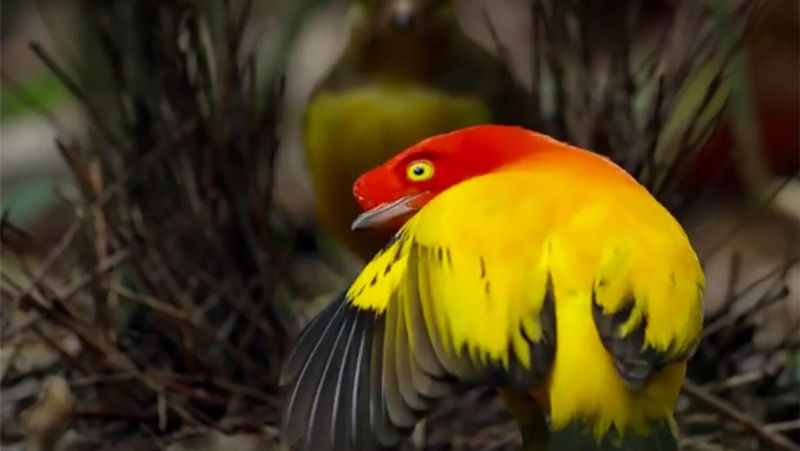
The male flame bowerbird combines bold colors with an intense dance that includes head shakes and wing flutters around his carefully decorated bower.
His fiery plumage and hypnotic moves make him one of nature’s most flamboyant flirts.
13. Blue-Footed Booby
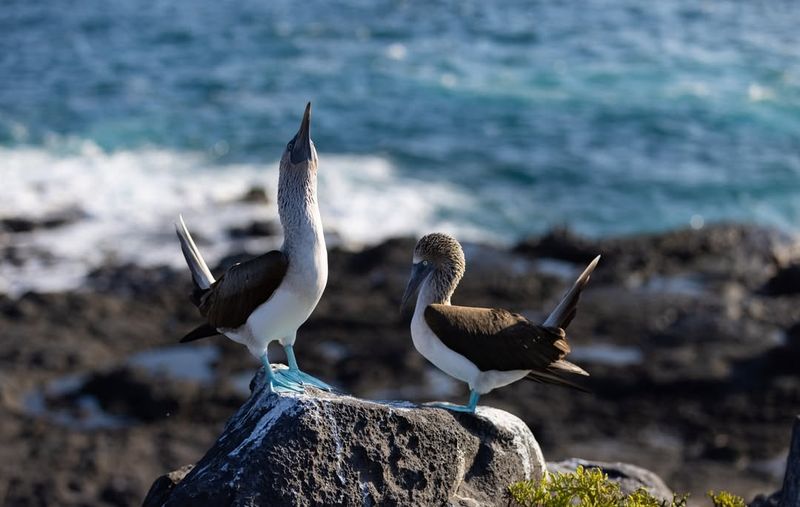
Males proudly display their bright blue feet, lifting them one at a time in an exaggerated strut to impress females.
The bluer the feet, the better their chances—color indicates health and vitality. Their courtship dance is both comical and captivating.
14. Bird Of Paradise
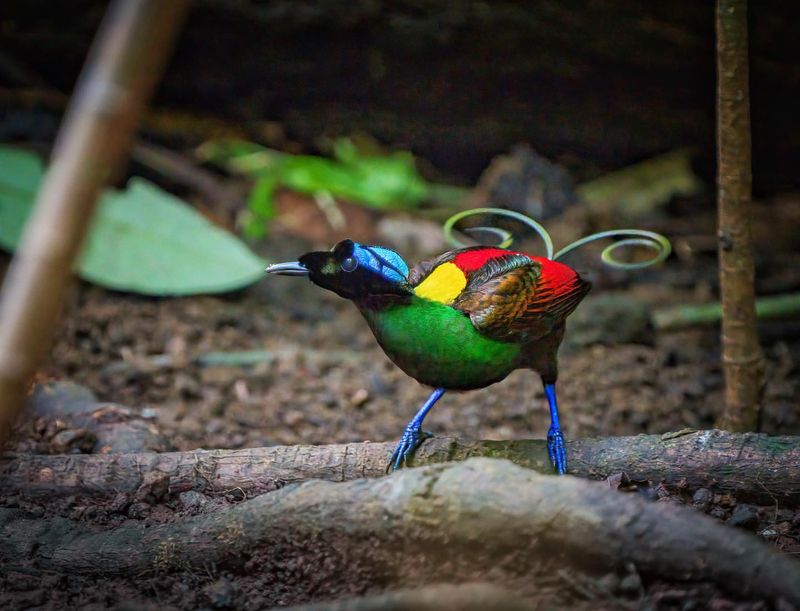
These birds are the peacocks of the jungle, transforming into living sculptures during courtship.
Males clear dance floors, puff up their feathers, and strike poses that defy imagination. Each species has its own signature move, and rejection is common—perfection is key.
15. Japanese Pufferfish
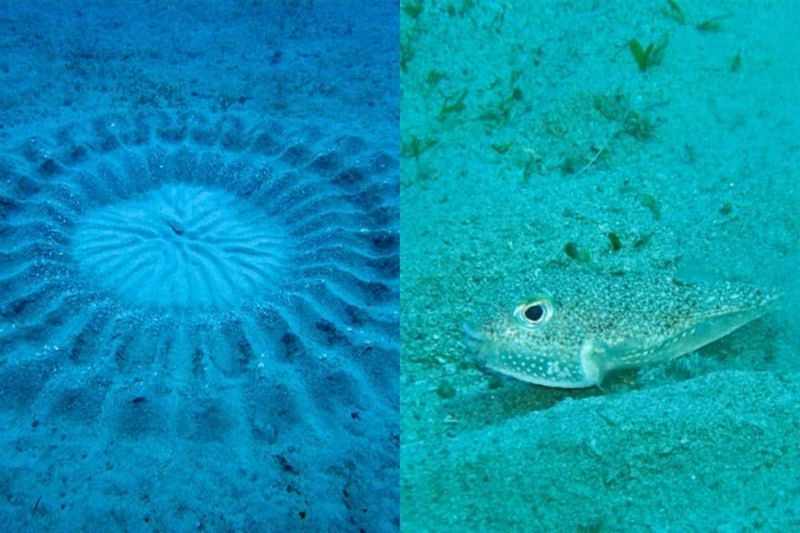
Male Japanese pufferfish are underwater artists, spending days creating massive, symmetrical circles in the sand to impress females.
These complex patterns, over six feet wide, are true masterpieces of marine architecture. The female lays her eggs in the center if she approves.
16. Clark’s Grebe
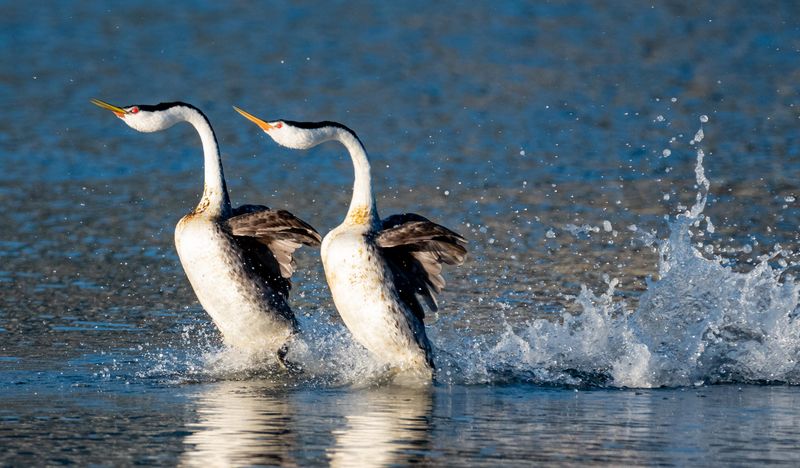
Clark’s grebes engage in the “rushing ceremony,” where pairs run across the water’s surface in perfect unison.
This breathtaking display is all about rhythm and synchronization. It’s an elegant spectacle that seals the deal on their partnership.

